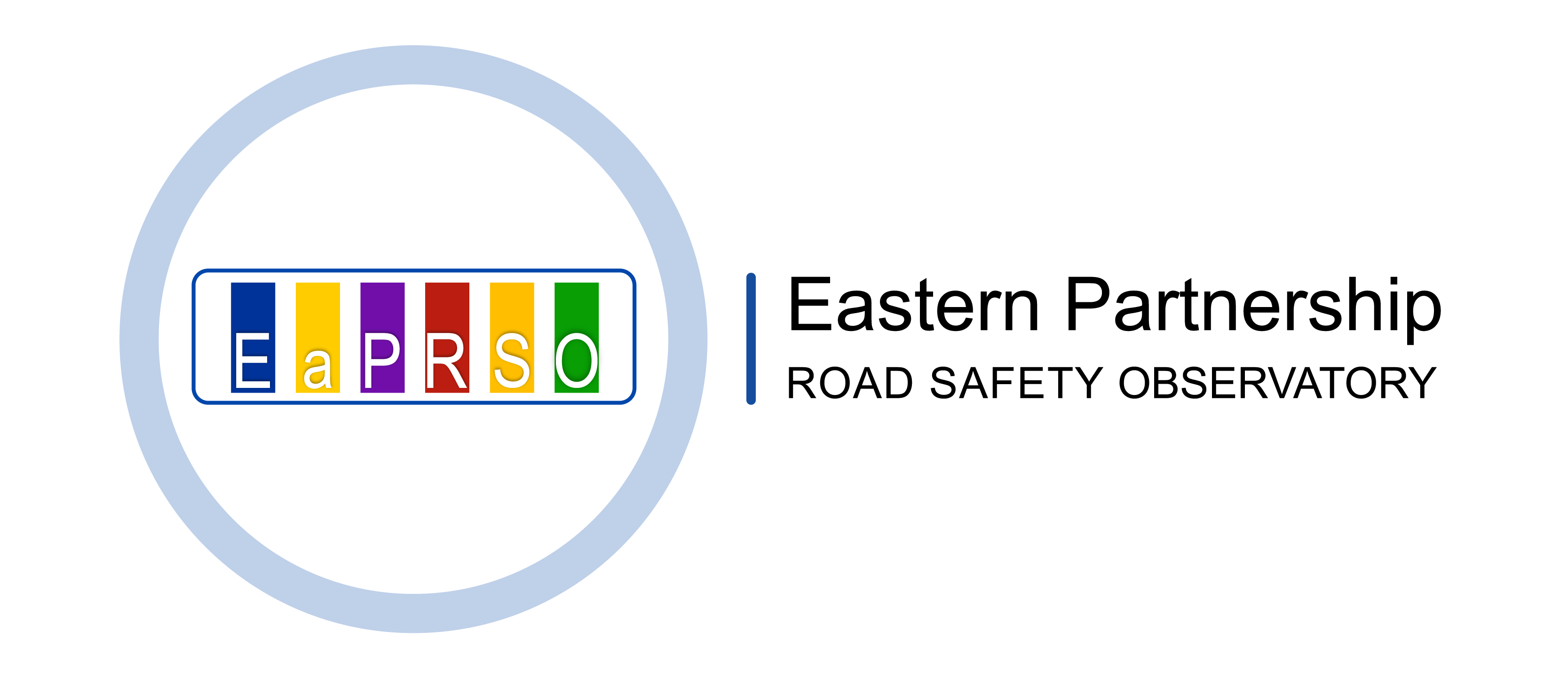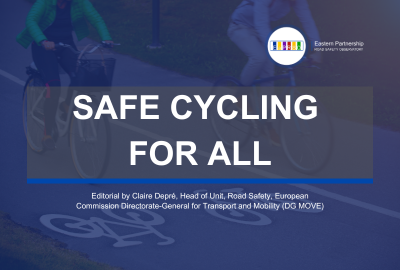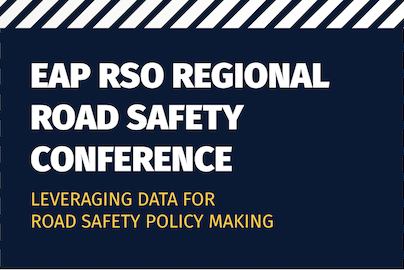
A modal shift toward walking, cycling, and public transport is a cornerstone of achieving the global road safety goals. Therefore, as we mark the 8th UN Global Road Safety Week the global road safety community is calling on national and local governments to make walking and cycling safe.
Across the Eastern Partnership region, pedestrian and cyclists account for 37% of all recorded road fatalities (WHO Global Status Report on Road Safety). Though four out of five Eastern Partnership countries (Armenia, Azerbaijan, Georgia, and Moldova) have National Walking Polices, only two have road safety goals mentioned within their policy frameworks (Armenia and Azerbaijan). No Eastern Partnership country has a National Cycling Policy (Partnership for Active Travel and Health).
WHO’s new toolkit ‘Promoting Walking and Cycling’, which launched this week, aims to fill this policy gap (which exists worldwide) with practical, evidence-based guidance for policymakers, urban planners, health advocates and civil society. The toolkit calls for bold action including:
- integrating walking and cycling into transport, health, environmental and education policies;
- building safe infrastructure like sidewalks, crossings and protected cycle lanes;
- setting and enforcing safer speed limits aligned with global best practices;
- promoting safe road use through public awareness and behaviour change campaigns; and
- using financial incentives to encourage active mobility.
Throughout the toolkit, the role of data is referenced as an essential to implementing strong and meaningful policies. However, it acknowledges that data on the road risk for pedestrians and cyclists is, currently, greatly limited with under-reporting, inconsistent data collection, and a lack of disaggregation all presenting major challenges.
Consequently, the toolkit calls for more investment in research and development to address the limitations of existing data. It highlights the need for the majority of countries worldwide to strengthen their data systems with regards to pedestrian and cyclist data. In this regard, there is an important role to be played by the regional road safety observatories.
This is an area the EaP RSO is actively seeking to address. On 30 June we will be hosting our first Regional Road Safety Conference in Chisinau, Moldova where we will discuss the challenges around collecting data on pedestrian and cyclist risk, and explore solutions for building better data systems with disaggregated data. We will use this opportunity to identify further areas where we can build capacity and support our member countries in prioritising the needs of vulnerable road users in their policies and action plans for safer roads.




